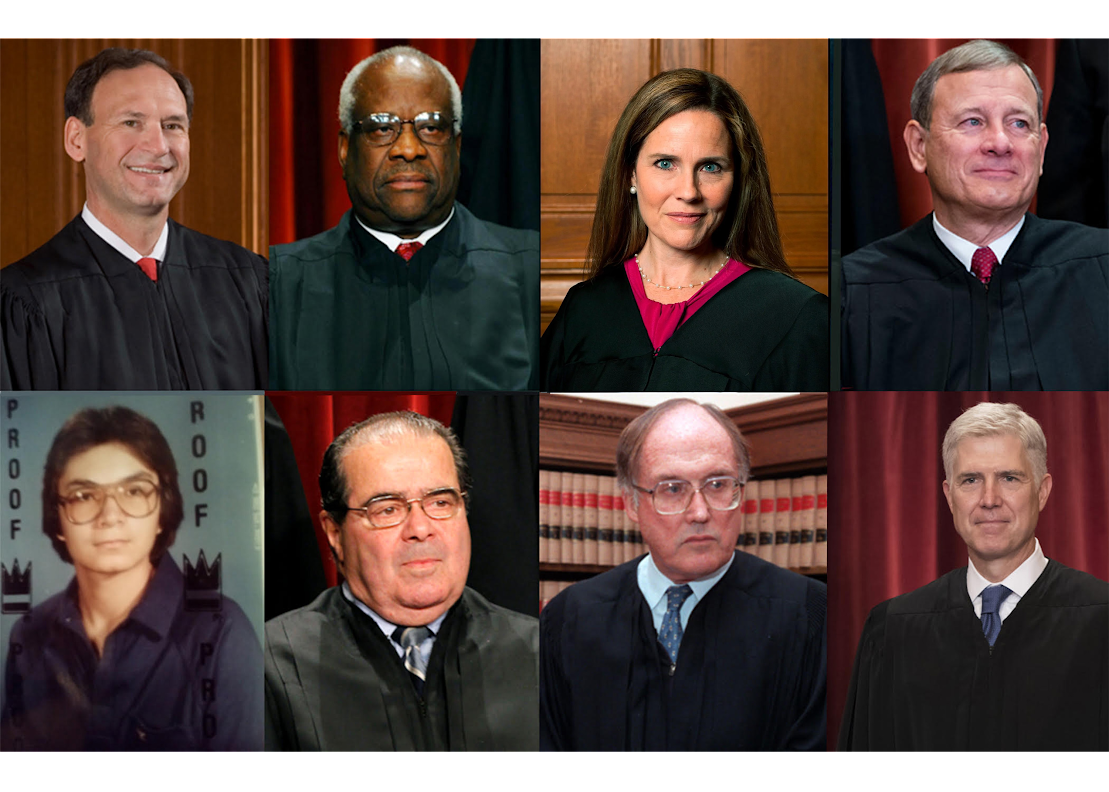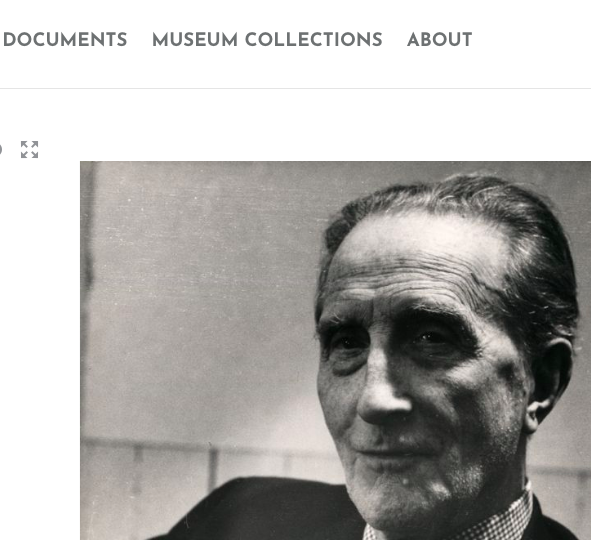Fordham Law School is launching the Fashion Law Institute, “the world’s first fashion law center, for fall 2010. The Institute will provide legal services for design students and designers, train the fashion lawyers and designers of the future, and offer information and assistance on issues facing the fashion industry. It was created with the generous support and advice of the Council of Fashion Designers of America and its President Diane von Furstenberg.” The institute is spearheaded by Susan Scafidi. There’s been a resent upsurge in law and fashion activity. For those interested in getting in on the action, check out Volunteer Lawyers for the Arts‘ fashion law classes, led by Elena M. Paul, on starting a fashion business, as well as on the ethical and legal issues in fashion.
Last but not least, Amy Landers, of the PrafsBlawg, comments on the legal differences between France and the U.S. when it comes to piracy of fashion products.







